Machine Learning: 36 Real-World Applications to Know
Discover 36 real-world machine learning applications transforming industries. Explore these examples to unlock innovation and efficiency tod
Image Recognition and Classification
Overview of Image Recognition
Image recognition is a subset of computer vision that involves identifying and detecting objects or features in a digital image or video. It is a crucial technology in the field of artificial intelligence, enabling computers to interpret and understand visual data from the world around them.
Image recognition systems use machine learning algorithms to process and classify images into predefined categories.
Applications in Various Industries
Image recognition and classification have found applications across numerous industries. In healthcare, it is used for diagnosing diseases through medical imaging.
For instance, algorithms can analyze X-rays or MRIs to detect anomalies such as tumors. In retail, image recognition helps in inventory management and enhancing customer experience by enabling visual search capabilities.
In the automotive industry, it plays a vital role in the development of autonomous vehicles, allowing them to recognize road signs, pedestrians, and other vehicles.
Technological Advancements
Recent advancements in deep learning, particularly convolutional neural networks (CNNs), have significantly improved the accuracy and efficiency of image recognition systems. These networks are designed to mimic the human brain’s ability to recognize patterns and have been instrumental in achieving breakthroughs in image classification tasks.
Transfer learning, a technique where a pre-trained model is adapted to a new task, has also accelerated the development of image recognition applications.
Challenges and Considerations
Despite the progress, image recognition and classification face several challenges. One major issue is the need for large datasets to train models effectively, which can be resource-intensive.
Additionally, ensuring the privacy and security of data, particularly in sensitive applications like healthcare, is a significant concern. There is also the challenge of bias in training data, which can lead to inaccurate or unfair outcomes in image classification tasks.
Future Prospects
As technology continues to evolve, the future of image recognition and classification looks promising.
With ongoing research and development, we can expect more sophisticated algorithms that can handle complex tasks with greater accuracy. The integration of image recognition with other technologies, such as augmented reality and the Internet of Things (IoT), is likely to open up new possibilities and applications, further transforming how we interact with the digital world.
Natural Language Processing (NLP)
Understanding NLP
Natural Language Processing (NLP) is a critical subfield of artificial intelligence that focuses on the interaction between computers and humans through natural language.
The primary goal of NLP is to enable computers to understand, interpret, and generate human language in a way that is both meaningful and useful. This involves a range of tasks such as language translation, sentiment analysis, and speech recognition.
Applications in Machine Learning
NLP plays a vital role in machine learning by providing the tools and techniques needed to process and analyze large volumes of text data.
It is widely used in various applications, including chatbots, virtual assistants, and automated customer service systems. These applications rely on NLP to understand and respond to user queries in a natural and human-like manner.
Another significant application of NLP in machine learning is sentiment analysis, which involves determining the sentiment or emotion behind a piece of text.
This is particularly useful in areas such as social media monitoring, where businesses can analyze customer feedback to improve their products and services.
Challenges in NLP
Despite its advancements, NLP faces several challenges that make it a complex field. One of the primary challenges is dealing with the ambiguity and variability of human language.
Words and phrases can have multiple meanings depending on the context, making it difficult for machines to accurately interpret them.
Additionally, NLP systems must be able to handle different languages, dialects, and cultural nuances. This requires extensive training data and sophisticated algorithms to ensure accurate language processing across diverse linguistic contexts.
Future of NLP in Machine Learning
The future of NLP in machine learning is promising, with ongoing research and development aimed at improving the accuracy and efficiency of language processing systems.
Emerging technologies such as deep learning and neural networks are being leveraged to enhance NLP capabilities, enabling more advanced applications and use cases.
As NLP continues to evolve, it is expected to play an increasingly important role in various industries, driving innovation and transforming how humans interact with technology.
Predictive Analytics and Forecasting
Understanding Predictive Analytics
Predictive analytics involves using statistical algorithms and machine learning techniques to identify the likelihood of future outcomes based on historical data. By analyzing patterns and trends, organizations can make informed decisions that drive business growth and efficiency.
This process is integral to various industries, including finance, healthcare, and retail, where anticipating customer behavior or market trends can significantly impact success.
Machine Learning in Forecasting
Machine learning plays a crucial role in enhancing the accuracy of forecasting models. By leveraging large datasets, machine learning algorithms can identify complex patterns that traditional statistical methods might miss.
These algorithms continuously learn and adapt, improving their predictions over time. This dynamic capability makes machine learning a powerful tool for forecasting in rapidly changing environments.
Applications in Business
In the business sector, predictive analytics and forecasting are used to optimize operations and strategic planning.
Retailers, for example, use these techniques to forecast demand, manage inventory, and personalize marketing strategies. Financial institutions apply predictive models to assess credit risk, detect fraud, and develop investment strategies.
By accurately predicting future trends, businesses can reduce costs, increase revenue, and gain a competitive edge.
Impact on Healthcare
In healthcare, predictive analytics is transforming patient care and operational efficiency. By analyzing patient data, healthcare providers can predict disease outbreaks, personalize treatment plans, and improve patient outcomes.
Predictive models also help in resource allocation, ensuring that hospitals and clinics are adequately staffed and equipped to handle patient needs. This proactive approach leads to better healthcare delivery and improved patient satisfaction.
Challenges and Considerations
While predictive analytics offers numerous benefits, it also presents challenges.
Data quality and availability can significantly impact the accuracy of predictions. Additionally, ethical considerations, such as data privacy and bias in algorithms, must be addressed to ensure fair and responsible use of predictive models.
Organizations must invest in robust data governance frameworks and continuous monitoring to mitigate these risks and maximize the potential of predictive analytics.
Fraud Detection and Cybersecurity
Introduction to Machine Learning in Fraud Detection
Machine learning has become a pivotal tool in the realm of fraud detection, providing businesses with the capability to identify and mitigate fraudulent activities more efficiently. By analyzing patterns and anomalies in large datasets, machine learning algorithms can detect suspicious behavior that might signal fraud.
These algorithms are trained on historical data to recognize the subtle cues that indicate fraudulent activity, allowing for real-time monitoring and response.
This proactive approach significantly reduces the risk of financial losses and enhances the security of transactions.
Applications in Cybersecurity
In the field of cybersecurity, machine learning is employed to bolster defenses against a wide array of threats. By continuously learning from new data, machine learning models can identify and respond to novel threats that traditional security measures might miss.
This adaptability is crucial in an environment where cyber threats are constantly evolving.
Machine learning algorithms are used to detect malware, phishing attempts, and network intrusions by analyzing patterns that deviate from the norm. This allows for the early detection of potential threats and the implementation of appropriate countermeasures.
Benefits of Machine Learning in Fraud Detection and Cybersecurity
The integration of machine learning into fraud detection and cybersecurity offers numerous benefits.
One of the key advantages is the ability to process and analyze vast amounts of data at high speeds, which is essential for timely threat detection and response.
Additionally, machine learning models improve over time as they are exposed to more data, enhancing their accuracy and reducing false positives. This leads to more efficient use of resources, as security teams can focus on genuine threats rather than sifting through numerous false alarms.
Challenges and Considerations
Despite its advantages, the use of machine learning in fraud detection and cybersecurity is not without challenges.
One of the primary concerns is the quality and quantity of data required to train effective models. Insufficient or biased data can lead to inaccurate predictions and potentially overlook genuine threats.
Moreover, as cybercriminals become more sophisticated, they may develop techniques to evade machine learning models, necessitating continuous updates and improvements to these systems.
Organizations must also consider the ethical implications of data use and ensure compliance with relevant regulations.
FAQ
Q1: What are the potential costs associated with implementing the machine learning applications mentioned in “36 Machine Learning Examples and Applications to Know”?
A1: The costs of implementing machine learning applications can vary significantly depending on several factors. Firstly, there are initial setup costs, which may include purchasing necessary software, hardware, and data storage solutions. Some applications might require specialized hardware like GPUs, which can be expensive. Additionally, there might be costs associated with acquiring datasets, especially if high-quality or proprietary data is needed. Beyond initial costs, ongoing expenses such as cloud service subscriptions, data processing, and maintenance should be considered. If external expertise is required, hiring data scientists or consultants can also add to the budget. However, many open-source tools and platforms are available, which can help mitigate some costs, especially for smaller projects or those just starting out.
Q2: How accessible are the machine learning applications in “36 Machine Learning Examples and Applications to Know” for individuals without a technical background?
A2: While machine learning can seem daunting for those without a technical background, many of the applications highlighted in “36 Machine Learning Examples and Applications to Know” are increasingly becoming more accessible to non-engineers. This is largely due to the development of user-friendly interfaces and platforms that abstract much of the complexity. Tools like AutoML and various no-code platforms allow users to build and deploy machine learning models without deep technical knowledge. Additionally, there are numerous resources, tutorials, and community forums available online that can help beginners understand and implement basic machine learning concepts. However, for more complex applications, some level of technical understanding may still be required, or collaboration with technical teams might be necessary.
Q3: What are some common implementation challenges when integrating machine learning applications from “36 Machine Learning Examples and Applications to Know” with existing tools and systems?
A3: Integrating machine learning applications with existing tools and systems can present several challenges. One major issue is compatibility; existing infrastructure may not support the new machine learning models or may require significant modification to do so. Data integration is another challenge, as machine learning models require clean, well-structured data, which may not always be readily available. Ensuring data privacy and security during integration is also critical. Additionally, there might be resistance from within the organization as employees adapt to new technologies and workflows. To mitigate these challenges, it’s important to conduct a thorough assessment of current systems, involve stakeholders early in the process, and possibly engage with experts who can guide the integration process smoothly. Regular training and support can also help ease the transition and ensure successful implementation.
Takeaway
“Unlock the power of AI now! Try our cutting-edge AI tool for free. Stay ahead of the curve with the latest tech trends – subscribe for updates. Join our vibrant tech community and be part of the conversation. Time to level up your tech game – let’s dive in together!”

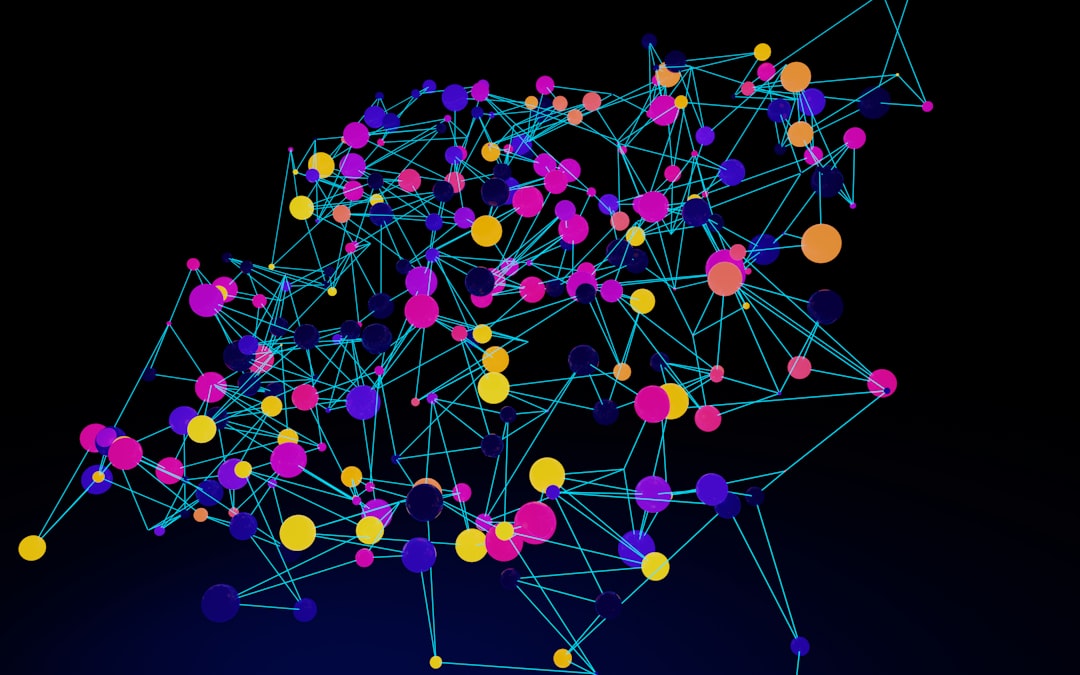



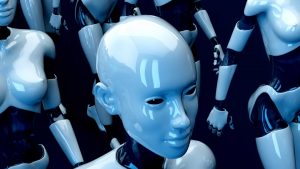
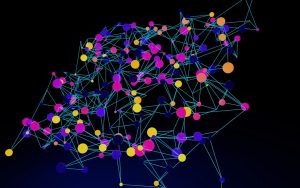

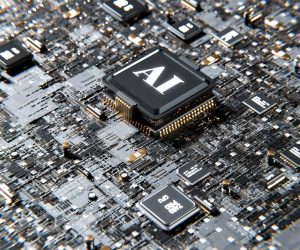

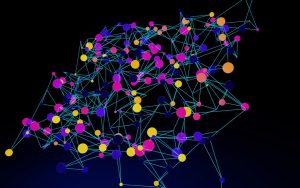
Comments